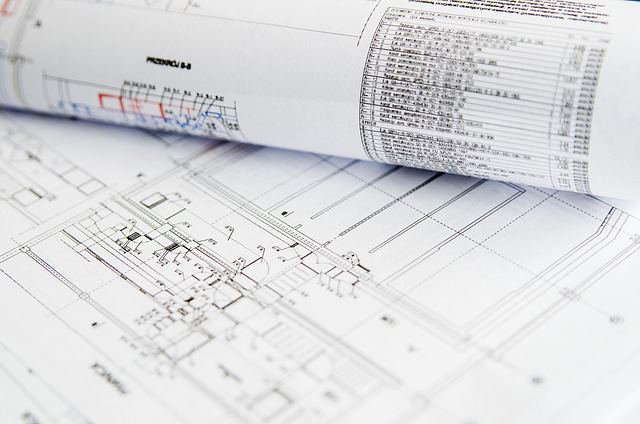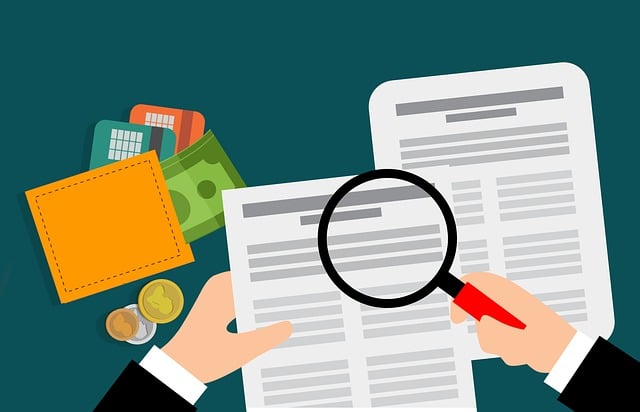Applying for an equipment loan? Accurate, complete documentation needed is crucial. Include proof of identity, financial statements, business plans, and equipment details. Maintain a strong credit profile and ensure all forms are correct to avoid delays or denials. Lenders assess equipment's condition through thorough documentation, including past repairs and known issues, to determine loan eligibility and terms.
“Understanding why your equipment loan application was denied is crucial for future success. This guide sheds light on the three most common reasons behind such rejections: incomplete or inaccurate documentation, poor credit or financial history, and equipment condition concerns.
Lenders carefully review these aspects to assess risk. Ensure you have all required documentation needed in order, maintain a strong financial standing, and present well-maintained equipment with a clear damage history for a higher chance of approval.”
- Incomplete or Inaccurate Documentation
- Credit and Financial History
- Equipment Condition and Damage History
Incomplete or Inaccurate Documentation

When applying for an equipment loan, one of the most common reasons for denial is incomplete or inaccurate documentation. Lenders rely on thorough and correct paperwork to assess the risk associated with the loan. If key documents are missing or contain errors, it raises red flags and can lead to a rejection. The essential documentation needed includes proof of identity, financial statements, business plans, and details about the equipment being financed.
It’s crucial to ensure that all required forms are completed accurately and submitted on time. Double-checking the information for any discrepancies is vital to avoid delays or denials. Incomplete or inaccurate documentation can be a simple oversight, but it significantly impacts the loan process, potentially delaying access to much-needed equipment.
Credit and Financial History

Your credit and financial history play a significant role in equipment loan denials. Lenders assess your repayment ability and risk by examining your past borrowing, income, and overall financial health. A poor credit score or inconsistent payment history can raise red flags, indicating potential difficulties in meeting loan obligations. To improve your chances of approval, it’s essential to maintain a strong credit profile. This includes regularly reviewing your credit reports for errors, paying bills on time, and keeping credit utilization low.
When applying for an equipment loan, lenders often require comprehensive financial documentation. This may include tax returns, bank statements, and business financial statements. Providing accurate and up-to-date documentation demonstrates your financial stability and commitment to the loan process. Ensure you gather these documents before applying to streamline the loan request and increase the likelihood of a positive outcome.
Equipment Condition and Damage History

The condition and damage history of equipment are crucial factors in loan denial decisions. Lenders want to ensure that the assets they finance are in good working order and have a low risk of significant repairs or replacements. Therefore, thorough documentation is needed to demonstrate the current state of the equipment. This includes detailed records of any past maintenance, repairs, accidents, or natural disasters that may have affected its performance.
Any signs of wear and tear, as well as any known issues, should be clearly documented with photographs and reports. This comprehensive record-keeping helps lenders assess the overall value and reliability of the equipment, which is essential in determining loan eligibility and the terms of the agreement.














